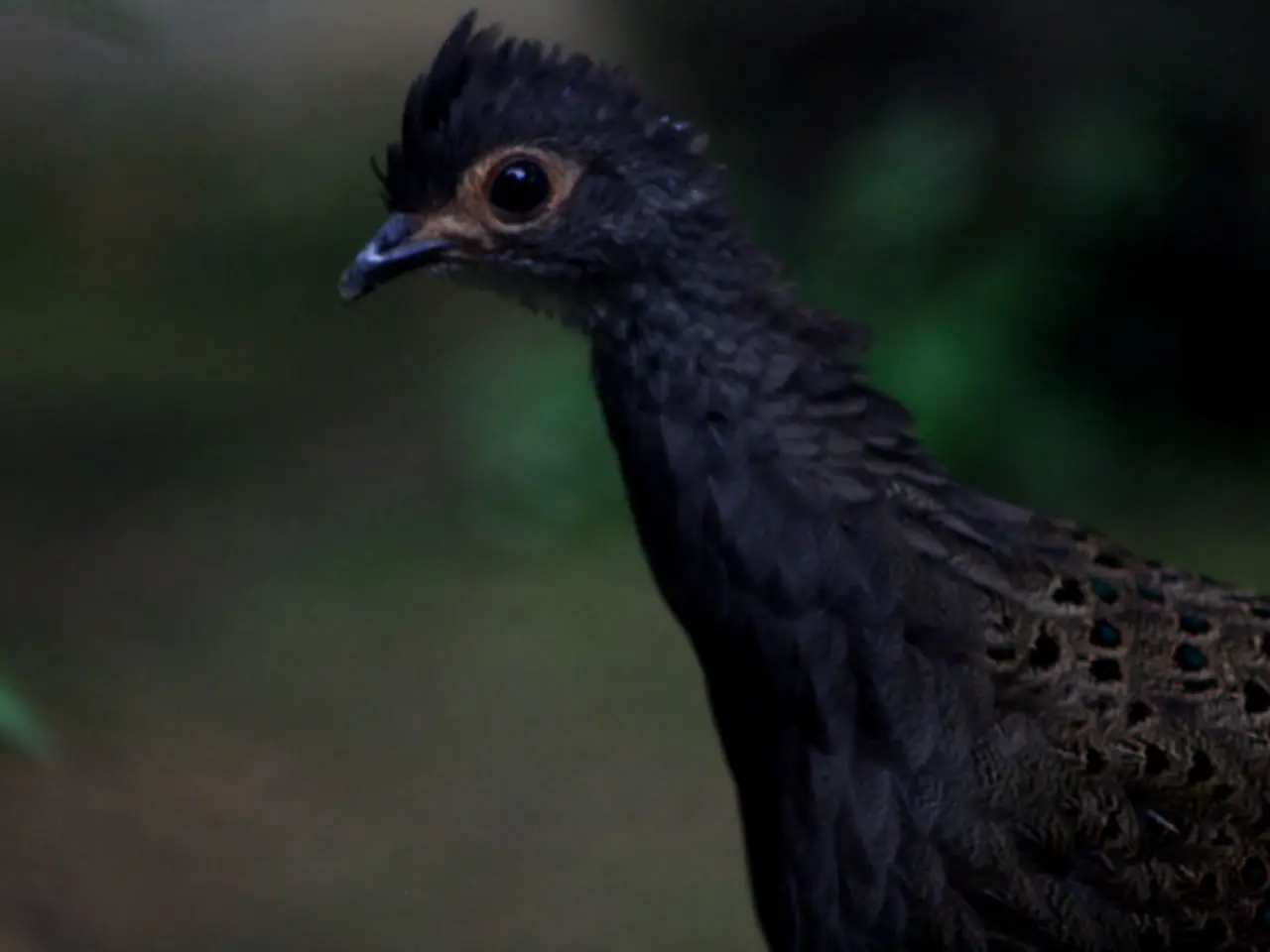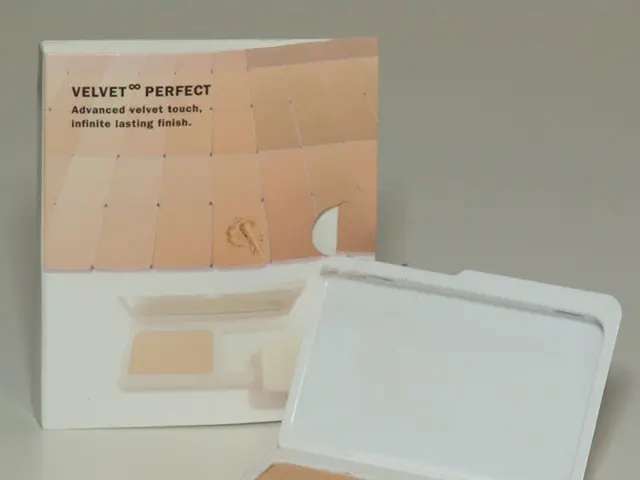Strategies to Attract Avian Visitors to Your Backyard - As Suggested by a Bird Feeding Professional
In the heart of winter, as the days grow shorter and colder, a vibrant spectacle unfolds in gardens across the land. A symphony of chirps, tweets, and songs heralds the arrival of a diverse array of birds seeking refuge and sustenance. To entice these feathered friends to visit your garden, follow these expert tips from Eric Michels, Head of Pro at bird food specialist CJ Wildlife.
Firstly, providing a rich source of food is essential. Sunflowers and many wildflowers will attract a variety of species, while Nyjer seeds are particularly enjoyed by finches, buntings, redpolls, juncos, and mourning doves. For a wider variety of visitors, consider offering mealworms, a favourite among robins, wrens, woodpeckers, nuthatches, titmice, and bluebirds.
Varying feeder types in the garden can encourage a wider variety of birds to visit. Hopper feeders, for instance, are appealing to the widest range of birds. To protect your bird food from squirrels and large birds, a seed feeder with a guardian cage is a wise investment.
In addition to seeds and feeders, planting insect-friendly flowers and plants can introduce more natural food choices to the garden. Berry plants and flowers with edible seeds complement the food source provided. Safflower, for example, is popular with cardinals, as well as woodpeckers, grosbeaks, chickadees, and native sparrows.
Creating a bird garden involves introducing a mixture of small habitats such as dense shrubs and plants like ivy and firethorns. This provides shelter and nesting opportunities for birds, making your garden a truly inviting haven.
When it comes to nest boxes, there's no one-size-fits-all policy. The National Audubon Society recommends choosing a nest box with insulating and durable materials to create a warm and resilient nest box. Adding nest boxes to the garden is an easy way to provide birds with a space to shelter over the winter months and nest in the spring.
Bathing is vital for birds' survival, and being able to clean their feathers in clean water each morning helps prepare them for another cold night ahead. Investing in a bird bath is important, as birds need a fresh supply of water even in the winter. A heated bird bath is ideal to support feathered friends during the cold winter months.
Lastly, suet and lard are important fat sources for many types of birds, especially during winter. These energy-rich foods can be provided in a suet feeder or cake, ensuring your garden remains a welcoming haven for birds all year round.
Read also:
- International cooperatives associated with OCOP (One Commune One Product) are actively exploring strategies to access and penetrate foreign markets.
- Federal health clinics in Maine seek restoration of withheld Medicaid financing, filing a lawsuit against the Trump administration over funding reductions.
- Tezos' Etherlink Broadens Its Gaming Offerings with Incorporation of Pikes Arena and Cricket Champions
- Depakote Cost in 2025: Discounts and Additional Savings Options








